Buenos Aires city guide podcast
Buenos Aires is an amazing city, full of vibe and interesting people. There are green spaces, interesting cafés, incredible architecture, and of course the tango culture – though perhaps this isn’t as visible now as in the past.
To listen, hit play below or find episode 163 in iTunes, Stitcher or Soundcloud:
Buenos Aires layout for travellers
Navigation
Buenos Aires is located on the Rio de la Plata (the silver river). Most of the transport hubs are located on or near the river, and the city is laid out on a rough grid stretching away from the river. The city centre is centred around where Avenida 9 de Julio (which runs up from the river) crosses Avenida Corrientes, and that’s where the Obelisk is located. The other principal street, Avenida 25 de Mayo, runs parallel with Av. Corrientes.
Buenos Aires is divided into 48 barrios (neighbourhoods) but most are residential – posh Recoleta is in the north near the bus station, and edgy La Boca is in the south near the river.
In the city grid, the blocks are numbered by the hundreds, so each street you cross will take the numbers up 100, even though there aren’t that many buildings in each block. This makes finding an address really easy!
Fact box
Name: Buenos Aires, capital of Argentina
Place: East coast of Argentina, across the harbour from Uruguay
Population: 3 million in city, 14 million in metropolitan area
Languages: Spanish
Known for: Tango and good meat
Temperatures: Winter: 7-17°C, summer: 18-30°C
Airports: Ezeiza International Airport (EZE) 35km south of city, Aeroparque Jorge Newbery (AEP) for domestic and some South American flights
Price of a pint: A$5.50 (US$1.40)
Price of a dorm bed: A$35 (US$8.90)
Price of a public transport ticket: A$1.10 (US$0.30)
Accommodation in Buenos Aires
There is certainly no shortage of accomodation in Buenos Aires.
Couchsurfing is a little difficult to make work as hosts are inundated with requests, but hostels and hotels are scattered throughout the city.
Hostels average around A$35 per person per night in a dorm room, and though there are cheaper options to be found, this is a pretty standard price. There are hundreds of mid-range hotels, just find one that you like the look of. Quite a lot aren’t listed online, though this is changing now.
If you’re looking for something special, you could book one night online then wander around near Av. Corrientes to find something different.
There’s a Hilton, an InterContinental, a Sheraton, and a Park Hyatt, among other high-end hotels, so take your pick if you’re that way inclined. But there are also a lot of other five-star hotels that will give you the same amenities as the famous brand names with a bit more personality added in – do a bit of looking around.
Food in Buenos Aires
You aren’t going to go hungry in Buenos Aires. There’s everything from budget options like hot dogs on the street, to the lushest meal in a five-star restaurant.
Don’t miss out on an asado (barbecue) – if you can get yourself invited to a local’s home you’ll have the most authentic experience, but if not restaurants are tripping over themselves to feed you tasty Argentinian meat.
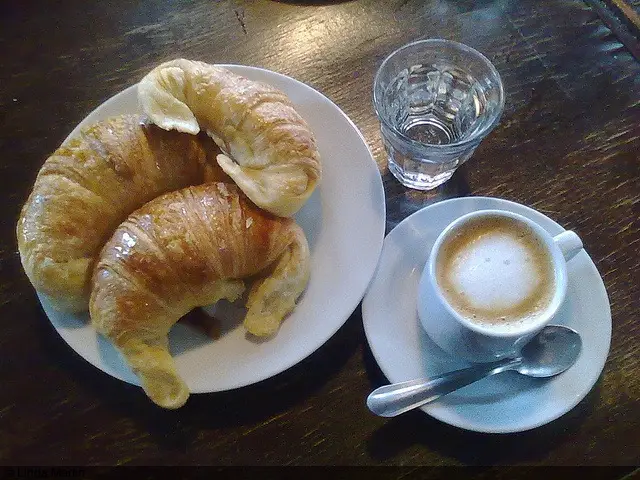
Empanadas are a must – they’re pastry circles folded over and stuffed with meat, egg and olives, There are different fillings but the beef ones are the most popular. You can find them in bakeries and some corner stores – make sure you ask for them heated or you might get cold ones.
Alfajores are a typical Argentininan snack – two soft biscuits stuck together with dulce de leche and maybe coated in chocolate. If you take a long bus trip, they might just give you one, but the fresh ones from a bakery are much better.
Medialunas (half-moons) are a great option for breakfast or a mid-morning snack.
Mate is also worth a try, but it’s difficult to buy just one cup. Mate is the bitter tea you’ll see Argentinians drinking all day out of small cups, with a straw.
You might have some problems in Argentina if you’re a vegetarian, although most restaurants have some sort of vegetarian option, it isn’t universal. There are quite a few vegetarian and vegan restaurants around though, if you do your research!
Transport to, from and around Buenos Aires
Getting to Buenos Aires can be expensive, but it’s worth it. You’ll probably arrive at Ezeiza International Airport, and the easiest way to get to the city is by private shuttle. Your hotel or hostel will organise this for you. A taxi costs about the same (A$70) but could be more – and you’re more likely to be ripped off. Bus #8 runs to the central city, and is really cheap (A$2) but takes two hours.

In Buenos Aires, the best way to get around is by metro, which is known as “subte” in the city. Tickets are $1.10 per journey, and you can buy multi-tickets which don’t save you any money (ie. 10 rides = A$11). There are six subte lines, identified by letter (A to H) and by colour on the maps. The trains run from 5.00 (8.00 on Sundays) to at least 10.00 (some run a bit later).
Buses run everywhere, but you’ll need coins to use them, and that can be a bit difficult. You have to tell the driver where you want to go (or just say “un peso vienticinco, por favor” which means you want to travel within the city and pay the normal fare), and he’ll press a button which will enter the information in the machine slightly inside the bus. Put your coins in, take your ticket, and you’re done.
Free Attractions in Buenos Aires
Buenos Aires is an attractive city to walk around, with a lot of parks and squares to explore. Many are central, but Palermo is a great place to start, as that is where the Botanical Gardens are located. There’s also a rose garden in Parque Tres de Febrero, and BA has the largest Japanese Garden outside of Japan.
Plaza de Mayo is a square in the central city, and is lined with impressive buildings that house the government offices, and might be familiar as the location of one of Eva Peron’s speeches. You can also visit Evita’s grave in the stunning Recoleta Cemetery – many other historical figures are buried there, but it’s worth a visit even if you hate history, the tombs are amazing.

Take a walk around the port, and visit Caminito in La Boca – it’s a heavily touristed area now, but for good reason. The buildings are all painted bright colours and the cafes which line the central street often have tango displays going on outside. It’s not a very safe area to visit at night, though.
There are lots of markets you can visit, usually held on the weekend. The San Telmo market is held on Sundays and has a lot of antique items and hand-made products. Take a walk down Av. Corrientes and browse the bookstores, they range from super-cheap to a feast for the eyes.
The National Museum of Fine Art is always free, and the Museum of Latin American Art is free on Wednesdays.
Seasonal Attractions in Buenos Aires
The Buenos Aires Tango Festival is held in February and March. The 150 or so performers give almost 100 free shows during the event. And In April Buenos Aires hosts the Buenos Aires International Book Fair, which is one of the best book fairs in the world. Also in April is the International Festival of Independent Cinema.
In November, there’s a Noche de los Museos, where you can visit many of BA’s museums for free at night. There are film showings and music performances, and the whole thing ends with a huge party.
Plus there are other art, dance, and theatre festivals throughout the year. You could watch polo or football in season, or celebrate snow in August.
Paid Attractions in Buenos Aires
Buenos Aires is a popular place to learn Spanish or tango. There are a multitude of schools to choose from, so search around and find one that suits you. For tango, consider a private tutor.
If you just want to watch tango, you can do that too, but there’s usually a cover charge. Ask your hostel receptionist where the best place to go is.
The Teatro Colón has recently reopened, so if you’re interested in opera or theatre, a visit to this beautiful building is well worth it. There are also a lot of other theatres to choose from.
Where to next?
If you’ve just flown into Buenos Aires from overseas, you need to explore more of Argentina, and the opportunities are endless.
Head west to Mendoza, south to Patagonia, or north to Rosario or Iguacu falls. Bus is the cheapest and easiest way to get around, and the long-distance buses are relatively safe.
Choose a slightly more expensive company rather than the cheapest option, and travel with someone if you can. Your bags should be fine under the bus, but keep valuables on you.
To get to Mendoza, you’ll need about 12 hours, and from there to Santiago, Chile is another seven. Bariloche is 22 hours away, Rosario is a four-hour trip, and getting to Iguazú Falls will take a good 20 hours – stop off on the way.
You can also catch a ferry across the Rio de la Plata to Uruguay (Buquebus). There’s a direct one that goes to Montevideo, but it’s cheaper and easier to go to Colonia and make your way by bus to Montevideo. Colonia is a pleasant town that’s worth a visit.
To listen, hit play above or check in iTunes, Stitcher or Soundcloud.

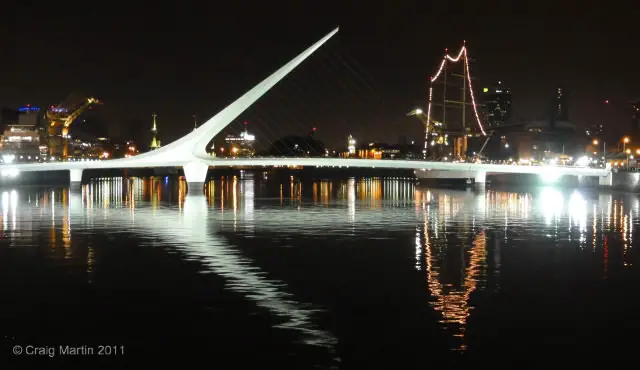
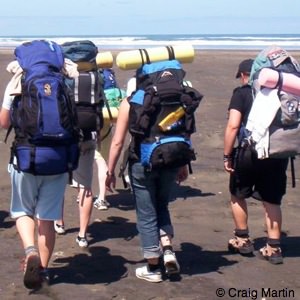



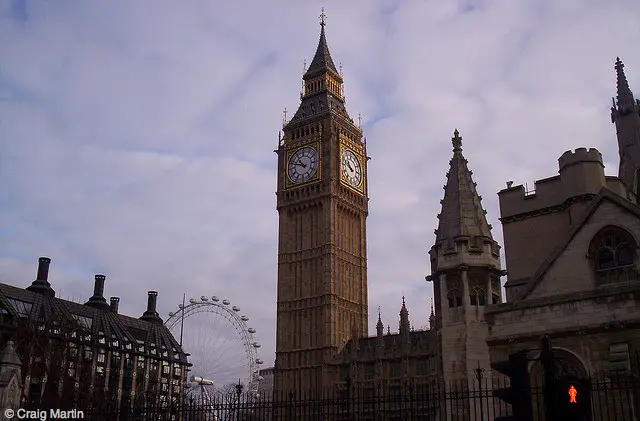
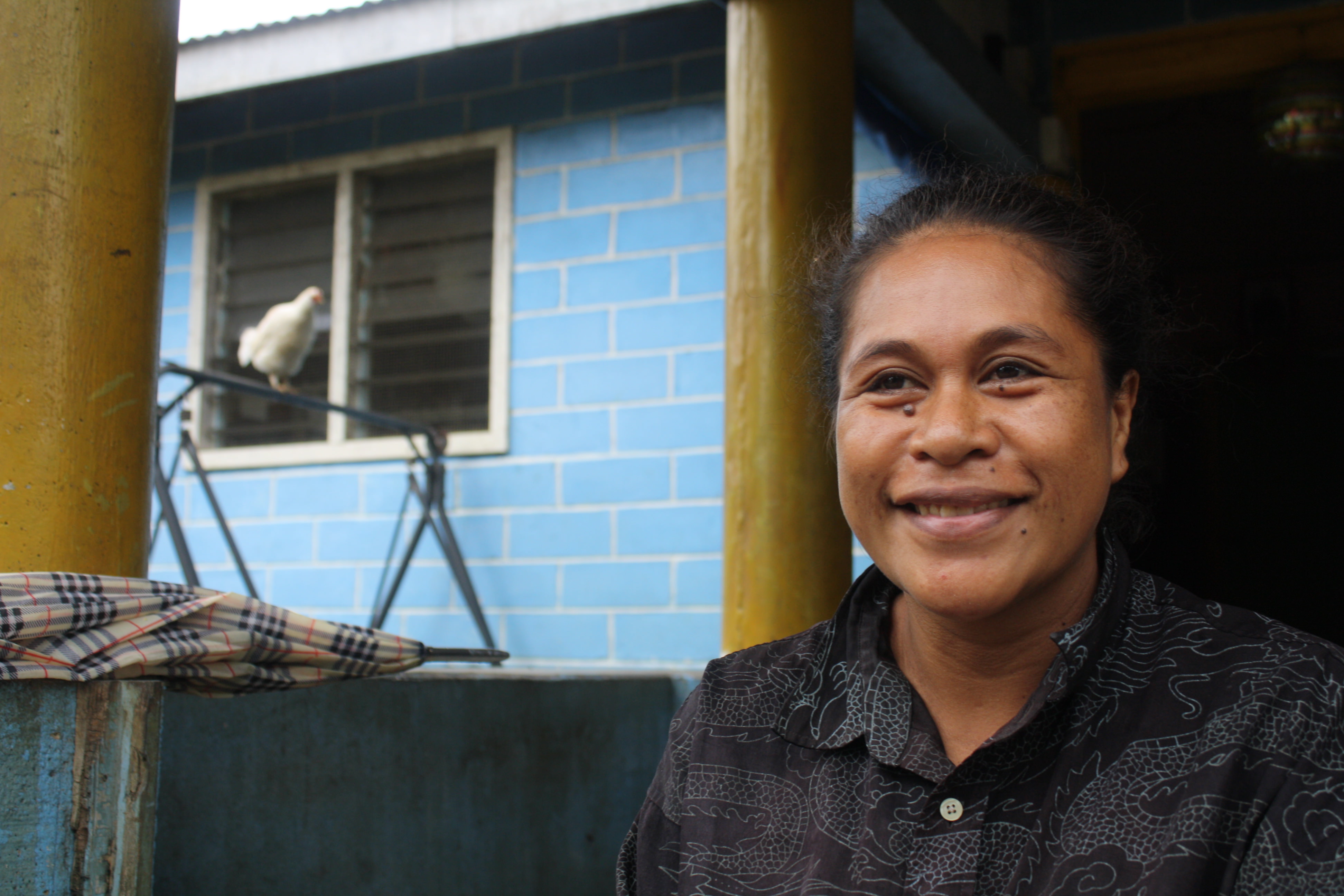
Good overview here. We stayed in Buenos Aires for two months and found the Time Out Buenos Aires guide was great with lots more detail on places to eat and things to do. BA is MUCH easier than the rest of the country to be a vegetarian: we wrote about our favourite veggie restaurants here http://www.neverendingvoyage.com/best-vegetarian-restaurants-in-buenos-aires/.
Definitely save all your change for the buses: it can be a real pain to find.
Cheap Airline:
We did find one relatively cheap airline. Andes Online http://www.andesonline.com/, the cost to travel from Salta to Iguacu was just slightly more than the bus, and the bus was going to take somewhere between 25-30 hours vs a 1 hour flight. Also, the plane circled over the Iguacu Falls which was pretty impressive.
Thanks for the feedback guys; both good veggie restaurants and cheap flights will help a lot of people. And to have an Igaucu flyby included on that flight? Priceless!
Great piece! And thanks for the nice words about my ebook. Glad it was useful to you.